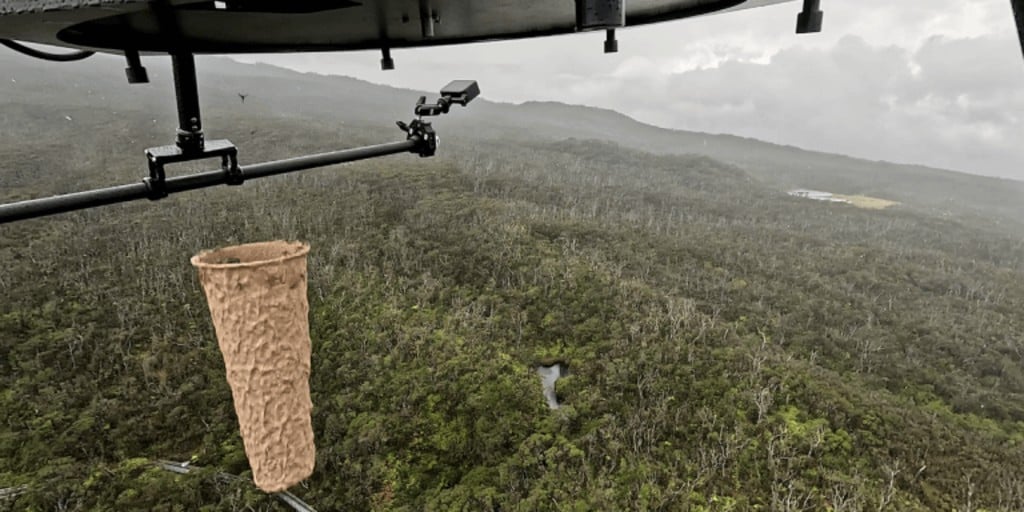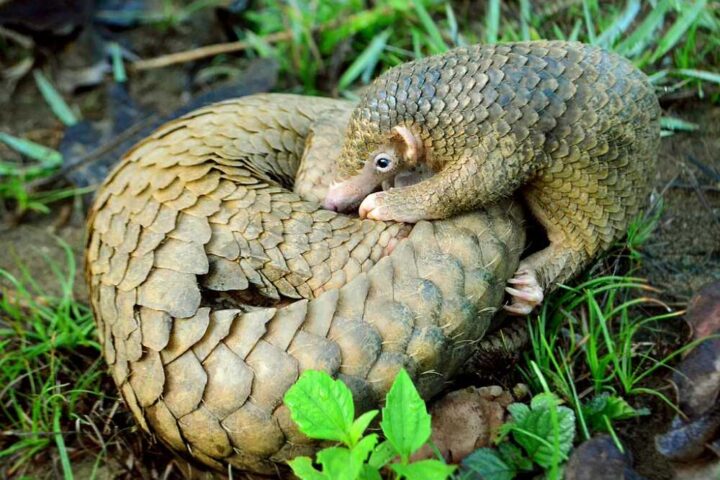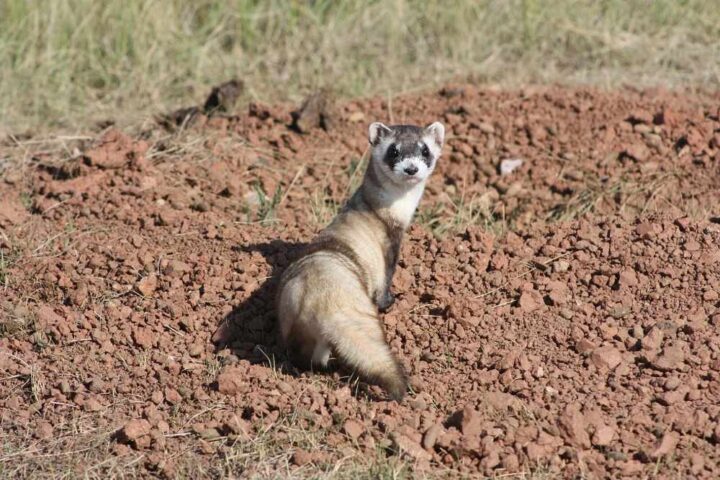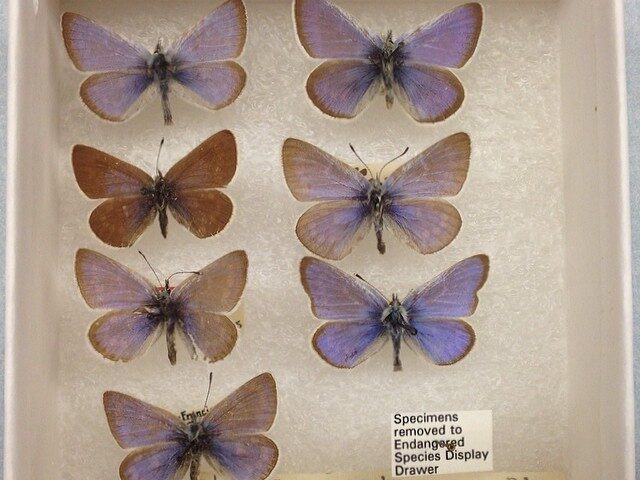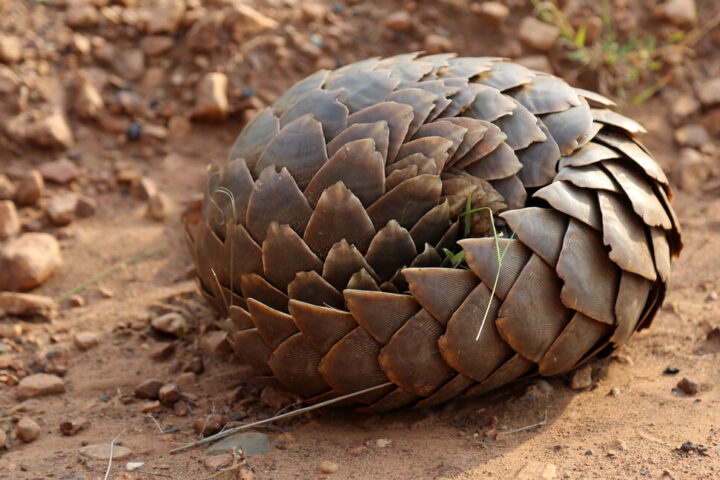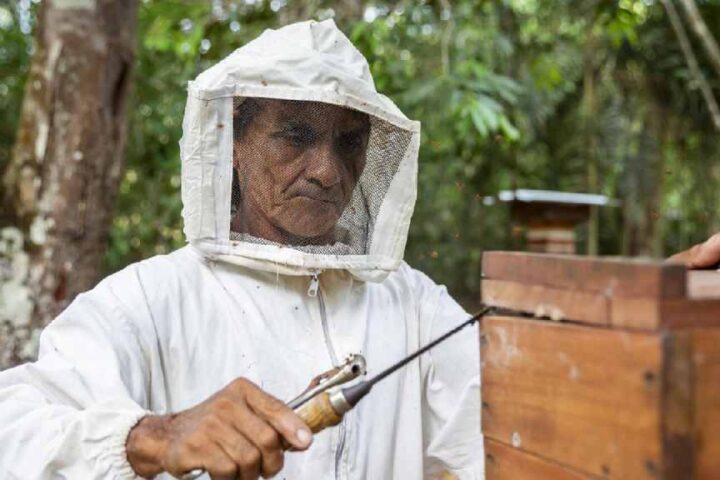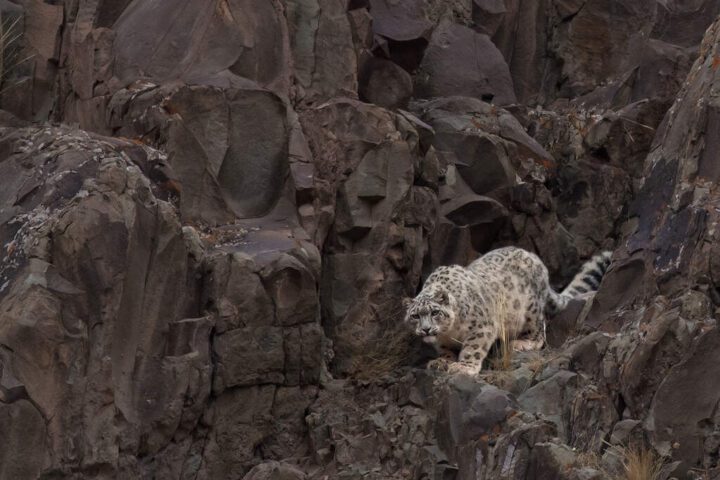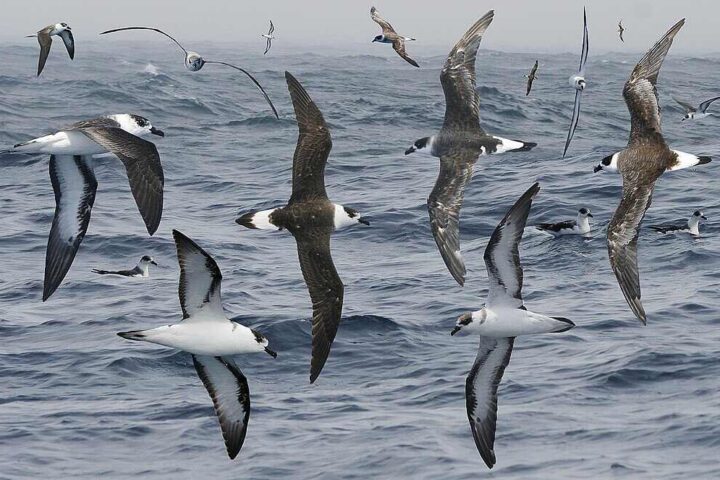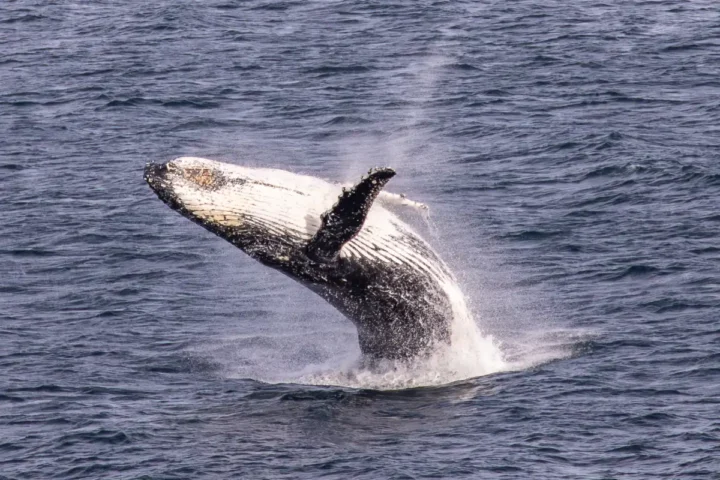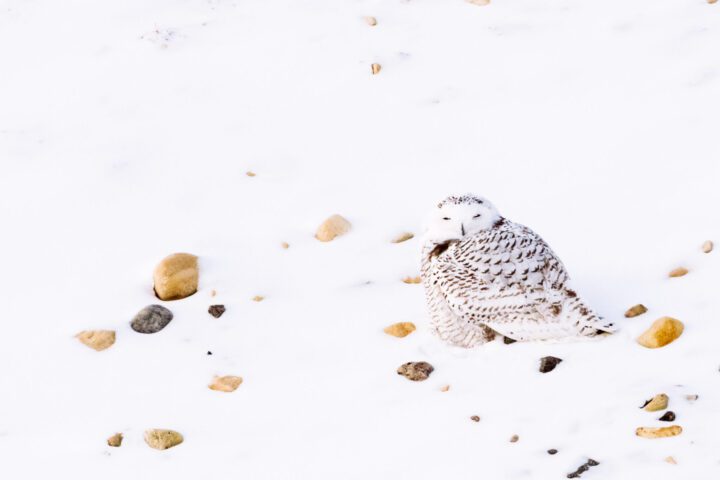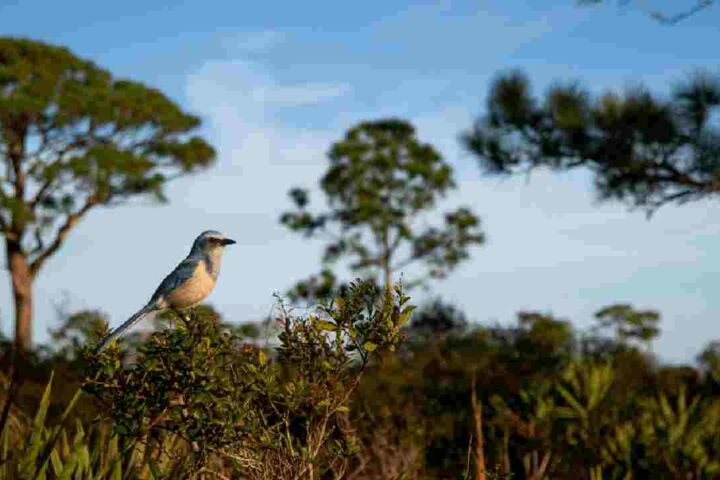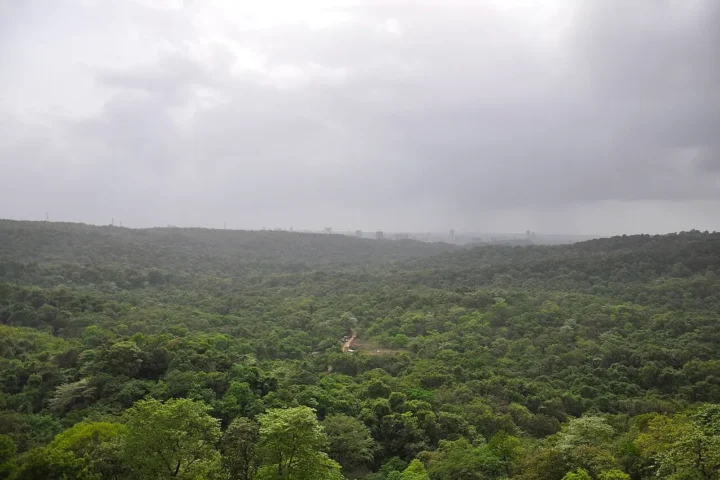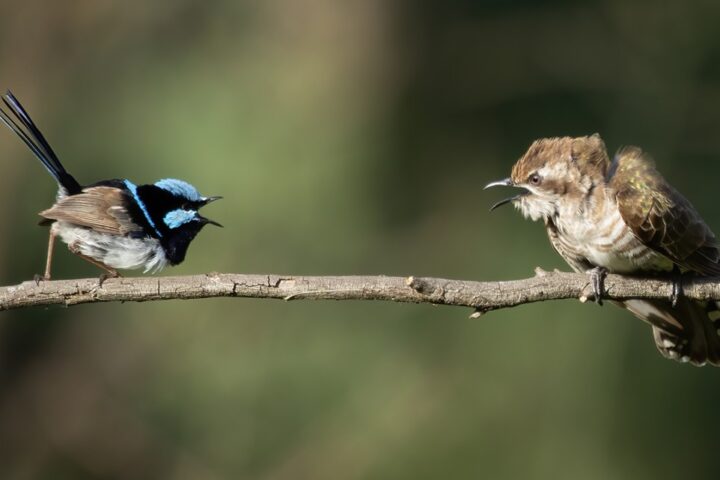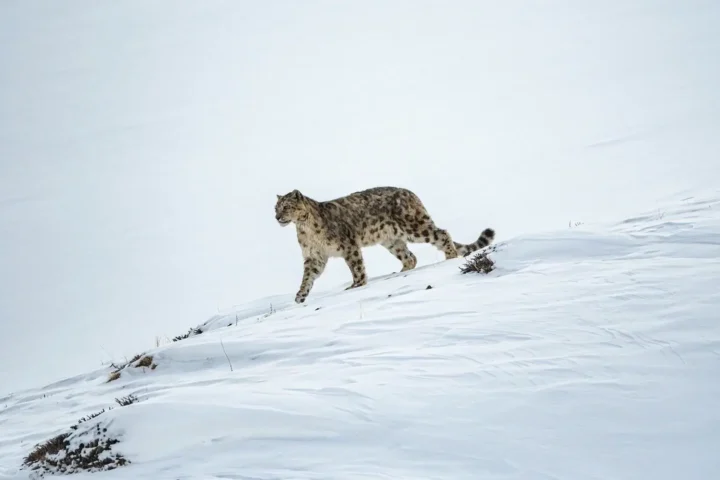Hawaiian honeycreepers are disappearing at an alarming rate. Once numbering 55-60 different species across the Hawaiian islands, only 17 remain today. The crisis has reached a critical point – the ‘Akikiki (Kauaʻi creeper) is now functionally extinct in the wild with just one bird remaining, down from 450 in 2018. Other species like the ‘akeke’e have fewer than 100 birds left, while the Kiwikiu (Maui parrotbill) population has dwindled to less than 150 individuals.
The main culprit? A deadly disease called avian malaria, spread by non-native mosquitoes that were introduced to Hawaii around 1826. For generations, honeycreepers survived by living in cooler, higher elevations where mosquitoes couldn’t thrive. Climate change has changed that equation.
“Without significantly reducing invasive mosquito populations, multiple native bird species will disappear forever in the near future,” warns Dr. Chris Farmer, Hawaii Program Director for American Bird Conservancy (ABC).
A Breakthrough Approach to Bird Conservation
Conservation teams have developed an innovative solution that’s now being delivered by drones. The strategy involves releasing lab-bred male mosquitoes that carry a naturally occurring bacteria called Wolbachia. When these males mate with wild females, their eggs fail to hatch – essentially acting as “birth control” for mosquitoes.
Why does this work? Male mosquitoes don’t bite or spread disease (only females do), and when enough Wolbachia-carrying males are released, they overwhelm the wild male population. This creates a 10:1 ratio that dramatically increases the chances wild females will mate with the treated males, resulting in eggs that never hatch.
Starting in November 2023, conservation teams began releasing these special mosquitoes via helicopter twice weekly over remote forests on Maui and Kauai. To date, they’ve released over 10 million mosquitoes.
In April 2025, the program took a significant leap forward by introducing drones to the delivery system.
“It’s extremely exciting to have reached this project milestone,” said Adam Knox, drone pilot and Aerial Deployment of Mosquitoes Project Manager for ABC. “With a drone, we have more flexibility with deployment timing in areas that generally have very unpredictable weather, and it’s safer because no humans need to ride in the aircraft.”
Similar Post
How the Drone Delivery System Works
Each drone carries up to 23 biodegradable pods, with each pod containing about 1,000 male mosquitoes. The pods maintain a controlled temperature to keep the insects alive until release. Once dropped, the pods protect the mosquitoes until they’re ready to fly away, then naturally break down in the environment.
The operation faces significant challenges. The mosquitoes must be delivered over thousands of acres of remote, mountainous terrain with steep elevation changes, strong winds, and frequent rain. Drone pilots manually navigate takeoffs and landings around forest hazards, then switch to autopilot for the planned flight path.
Beyond Mosquito Control
The Wolbachia technique is one part of a broader conservation effort. The San Diego Zoo Wildlife Alliance maintains two facilities in Hawaii where endangered birds are being captively bred. Once mosquito populations are sufficiently reduced, these birds can be reintroduced to their natural habitats.
Other ongoing efforts include habitat restoration and control of invasive predators and plants.

Dr. Farmer remains hopeful: “We have the technology to break the avian disease cycle in Hawai’i, and a fighting chance to restore populations. We are the generation that can save honeycreepers like Maui’s Kiwikiu.”
The stakes couldn’t be higher. Honeycreepers aren’t just beautiful birds – they’re essential pollinators and seed dispersers in Hawaiian forests. Their loss would have cascading effects throughout Hawaii’s unique ecosystem, which has already lost at least 33 honeycreeper species to extinction.
If successful, this innovative drone-based conservation approach could serve as a model for protecting endangered species in other remote and challenging environments around the world.
